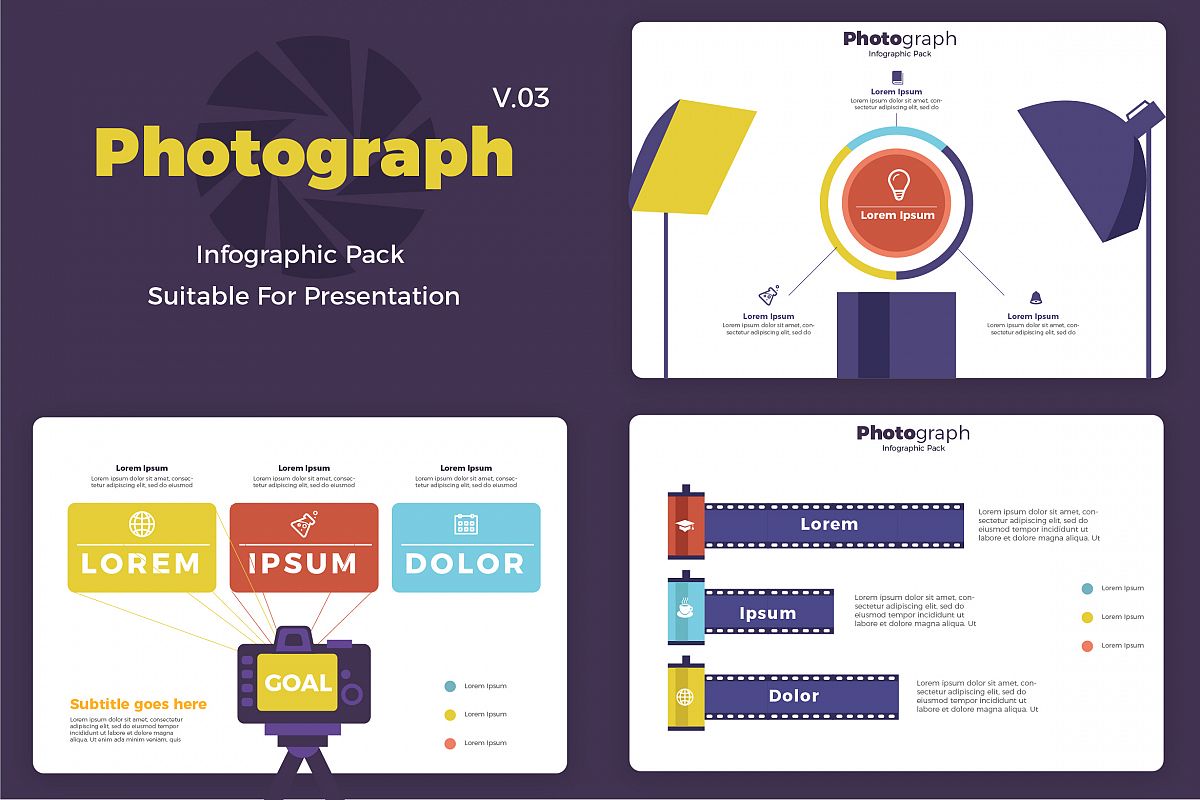What Every Photographer Ought To Understand About Lights
What Every Photographer Ought To Understand About Lights
Blog Article
Post Written By-Rogers Polat
As a professional photographer, you know that lights can make or break your images. Understanding the subtleties of both natural and artificial light is essential for recording the state of mind and quality you go for in your job. Whether you're going after the excellent gold hour glow or fine-tuning your artificial setups, mastering these elements can elevate your photography considerably. But there prevail https://squareblogs.net/lazaro92darnell/reveal-the-vital-photography-gear-that-will-start-your-innovative-trip-and that numerous ignore, and recognizing them can change your approach to every shoot. Allow's discover what you may be missing out on and just how it can impact your results.
Understanding Natural Light
Understanding all-natural light is vital for any digital photographer wanting to improve their work. It's the structure of excellent digital photography, influencing state of mind, tone, and clearness. When you fire outdoors, focus on the moment of day. The gold hour-- quickly after daybreak and before sunset-- supplies soft, cozy light that can transform regular scenes right into stunning pictures.
Don't take too lightly the power of cloudy days. Cloud cover diffuses sunlight, developing a soft, even light that's best for portraits and macro photography. You'll locate shades pop in this sort of illumination without harsh darkness.
Placing issues, also. Constantly consider your subject's positioning to the light source. If the sunlight's behind your topic, you might end up with a silhouette, which can be remarkable however mightn't be what you want. On the other hand, straight sunlight can produce uncomplimentary darkness.
Trying out angles; sometimes, altering your perspective can generate impressive results. Use all-natural reflectors, like water or sand, to bounce light onto your topic, adding dimension.
Mastering Artificial Light
Grasping fabricated light is essential for photographers that wish to take their skills to the next level. Whether you're using speedlights, workshop strobes, or constant lights, recognizing exactly how to manipulate these resources can considerably enhance your pictures.
Start by acquainting yourself with the basics of light quality, direction, and shade temperature. Trying out different modifiers like softboxes, umbrellas, or grids to manage the soft qualities or violence of the light.
https://news.artnet.com/art-world/wolfgang-tillmans-interview-brussels-1798353 'll locate that soft light often creates lovely outcomes, while harsher light can add dramatization and depth. Do not avoid darkness; they can boost the three-dimensionality of your topics.
Pay close attention to the placement of your lights. A light positioned as well near to your subject can develop unflattering results, while also away can result in an absence of detail. Utilize a light meter or your cam's histogram to ensure you're revealing appropriately.
Finally, keep in https://writeablog.net/stacey36raina/contrasting-popular-cameras-which-one-is-best-for-you that synthetic light can be mixed with ambient light for creative effects. Balancing these resources could take technique, once you master it, your photography will really radiate.
Strategies for Different Circumstances
When you step into different shooting circumstances, adjusting your lights strategies is crucial for capturing the best photos. For outside portraits, make use of the gold hour-- early morning or late afternoon light-- to soften shadows and boost skin tones.
If it's a severe noontime sunlight, consider using a reflector to bounce light back onto your topic or look for shaded locations for a more even exposure.
In low-light scenarios, like indoor events, increase your ISO and utilize a wide aperture to let in even more light. A tripod can assist get rid of cam shake, enabling longer exposures without obscuring.
If you're shooting at night, try out off-camera flash to produce dynamic illumination and depth in your images.
For item photography, use diffused lighting to avoid rough representations. Softboxes or light outdoors tents can help accomplish this impact.
When photographing landscapes, think about the instructions of light and time of day, as it can significantly alter the state of mind of your shot.
Constantly be ready to readjust your setups and placing based on the scenario, as adaptability is essential to grasping lights in photography.
Conclusion
In conclusion, understanding illumination is key to boosting your photography skills. Welcome all-natural light's appeal during gold hour, and do not shy away from experimenting with artificial light strategies. By adapting your approach to various circumstances, you'll capture stunning photos that reverberate with feeling and clarity. Remember, the ideal lights can transform a regular shot into something amazing, so maintain practicing and improving your understanding of both all-natural and synthetic light. Pleased shooting!
